The recent decision to change our product name was a difficult one, but we felt it necessary in order to increase our national exposure. While the name is changing, the quality and features of our sunscreen formula WILL NOT change. Please note that this transition will be on-going as we sell out of our Rocky Mountain Sunscreen inventory.
We appreciate your understanding and support as we make this transition. If you have any questions or need further assistance, please feel free to reach out to our customer service team at info@rmsunscreen.com or 888-356-8899.
